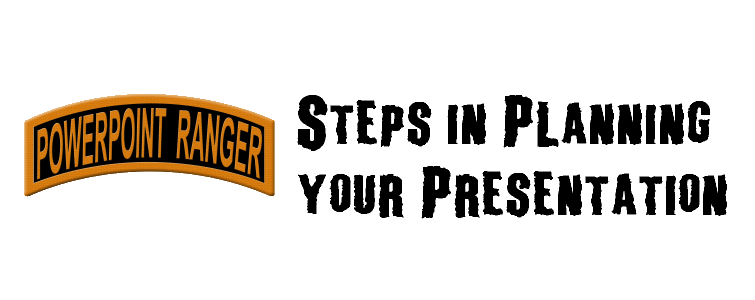
Construct the Briefing
When constructing a briefing, it is useful to follow a systematic process of researching, organizing, drafting, revising, and proofing. Here are the major steps in constructing an effective briefing:
Research
Researching for a military briefing is frequently “capturing what you know” by bringing together the information you have gathered from various sources. Use brainstorming and mind-mapping to help you collect information focused on your purpose and audience. When researching, you: • collect material • ensure you know the subject thoroughly • ensure you have enough (but not too much) information.
Organize
In organizing, you sort all the information gained during your research. You then arrange the information to best suit your purpose. You should also answer these questions: Which parts of the information are of major concern? Which are minor? What should come first? Last? What are the logical connections? When you organize, your objective is to create your main point—your controlling idea—as a simple statement summarizing the key information from your research. Then you should create two to five statements that directly support the controlling idea and effectively cover the key information. These are your “bottom line” and main supporting points, and they should always be stated at the beginning of the briefing. Test and revise both your substance and organization. Eventually you’ll find the information that’s needed to properly focus your ideas for the audience and answer all potential questions and objections. While organizing, you should also choose your visual aids to suit the situation and begin to consider how you will deliver your information in the time available. In other words, when organizing, you: • isolate key points • arrange key points in logical order • ensure you have supporting data to validate the key points • select visual aids. The goal of all this labor is an outline that is easy to transform into a draft.
Draft
In the draft you put your ideas into words (and onto visuals)—this is your first effort at full expression. Write out whatever you’ve outlined during organizing, but—unless the situation requires it—avoid writing a script. A script tends to make your delivery inflexible. Concentrate on how you will communicate your controlling idea, your main points, and your supporting evidence. Focus on the substance you’ve created and its organization and choose the wording that will best communicate with your audience. Coordinate the text of your draft with your visuals, demonstrations, or other activities.
Revising, Proofing, and Rehearsing for your Presentation
What is the final step in planning your presentation? After letting your draft “cool,” it’s useful to revise your briefing to make sure the vocabulary is suitable for the audience. In this regard, you should replace any jargon that listeners may not understand with terms that are familiar to them. After revising, you should proofread (“proof”) for both the oral and written components of the briefing. Check and confirm pronunciation of words, including individuals’ names and place names, and carefully proof all handouts and visuals. To confirm pronunciation and spelling, use standard references such as a current collegiate dictionary and a collegiate grammar handbook. To ensure the effective delivery of an information or other type of briefing, there is simply no substitute for rehearsing with colleagues who can act the part of the audience and provide you with useful feedback. You should time your rehearsals, and, if possible, rehearse in the location in which you will deliver the briefing. The closer your rehearsal can be to the real thing, the greater will be your confidence and the better your performance under pressure
